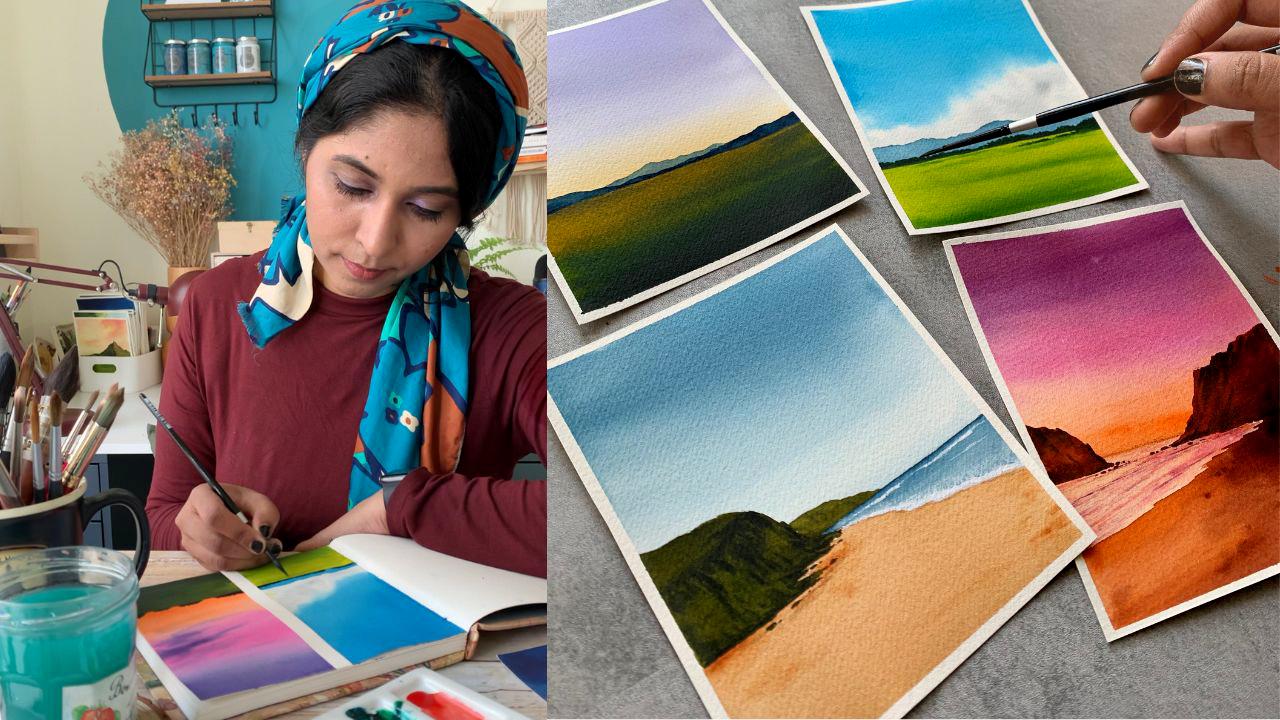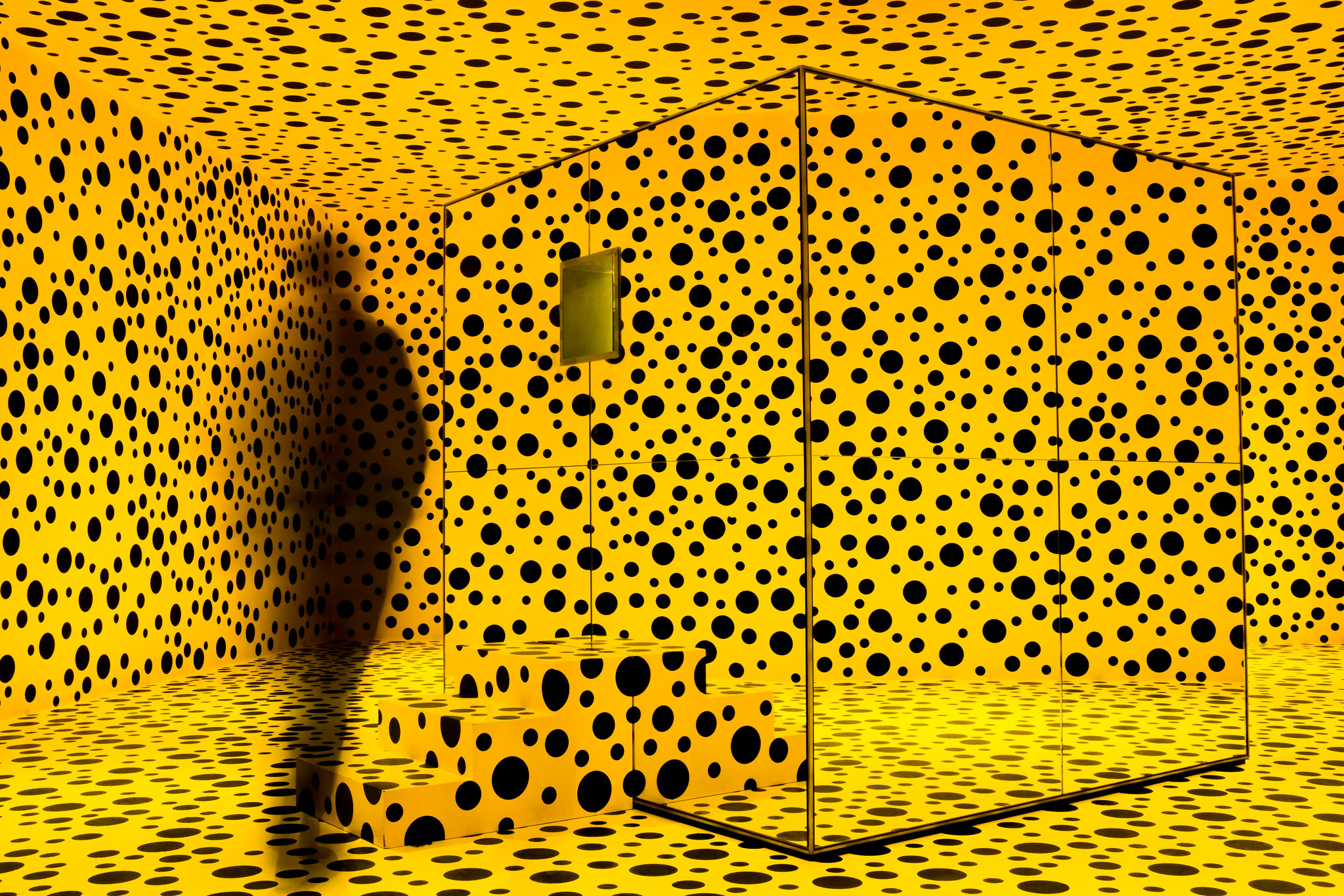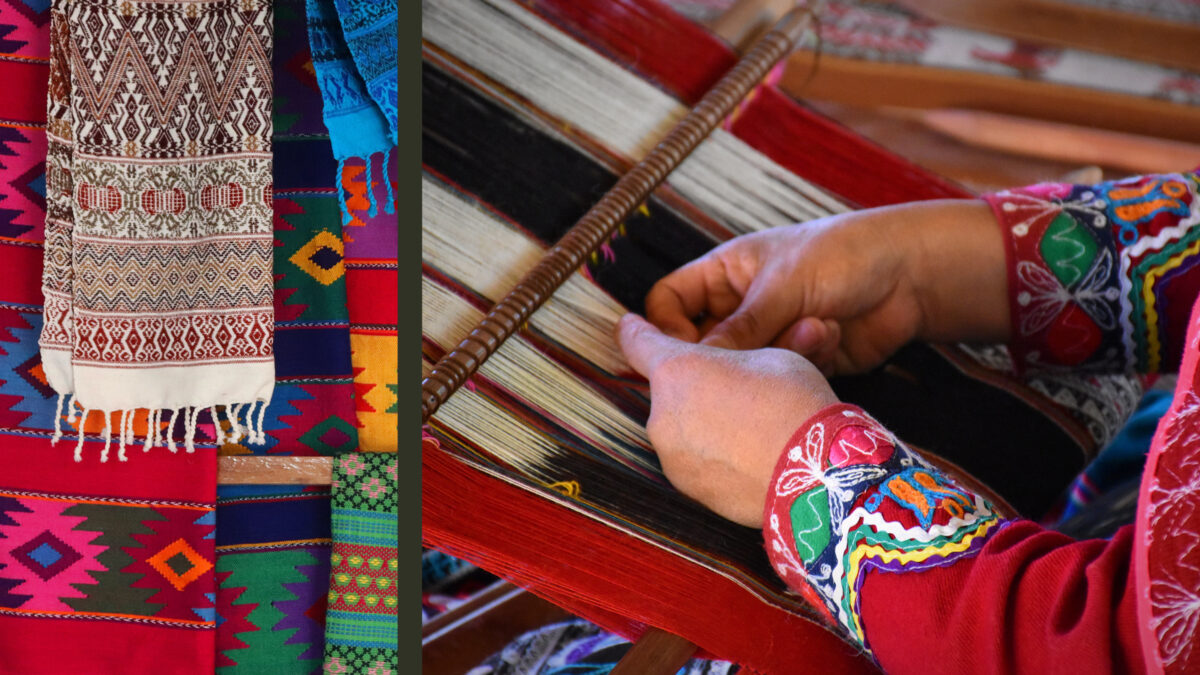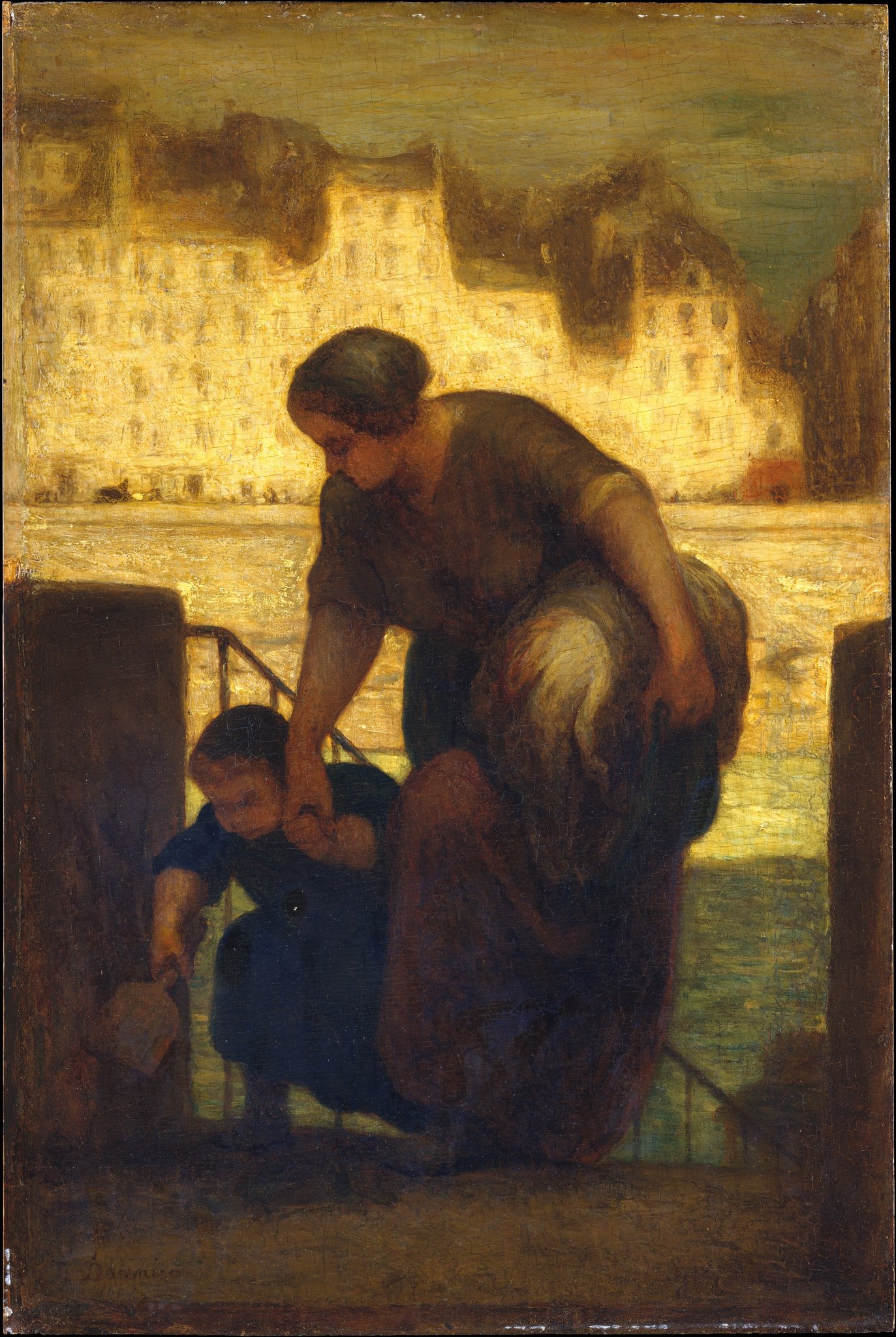Exploring the Intersection of Music and Painting: How Different Art Forms Can Inspire and Complement Each Other

Exploring the Nexus of Sound and Color
Throughout history, art has served as a powerful medium for communication, transcending language and cultural barriers. Among the myriad of artistic forms, the convergence of music and painting stands out as a particularly enriching collaboration that fosters creativity and emotional expression. The interplay between these two disciplines opens up new avenues for exploration, evoking a profound dialogue that sparks the imagination.
The relationship between music and visual art can be viewed through several compelling lenses:
- Sensory Connection: The relationship between sound and sight is deeply intertwined; visual art often enhances the experience of music, creating a more visceral experience for the audience. For instance, a painting’s colors and shapes can mirror the tone and rhythm of a musical piece. Conversely, melodies and harmonies have the power to inspire painters to create visual compositions that capture the essence of their emotional response to the music, such as an upbeat jazz tune inspiring vibrant splashes of color on canvas.
- Historical Context: The work of artists like Wassily Kandinsky exemplifies the belief that music serves as a foundational force in the creation of visual art. Kandinsky, who is often credited with pioneering abstract art, was heavily influenced by his love of music, insisting that colors could be linked to musical notes. His paintings, such as “Composition VII,” are characterized by a rhythmic flow, resonating with the emotional peaks and valleys found in classical compositions like those of Beethoven or Bach.
- Collaborative Projects: The creative synergy between musicians and visual artists has given rise to innovative and immersive projects. Take, for example, the works of contemporary artists like Bill Viola, who often integrates soundscapes with video installations, constructing a multi-sensory experience that captivates audiences. In the realm of performance, events such as “Art and Sound Festivals” highlight collaborations where musicians and painters create art live, inviting participants to witness the fusion of their crafts in real-time.
Exploring the intersection of music and painting encourages a deeper understanding of creativity and artistic expression. It challenges both traditional and contemporary artists to innovate and break boundaries, allowing them to draw on the rich interplay between sound and color. This synergy not only reveals the multitude of ways artistic inspiration flows but also invites us all to venture into uncharted territories of creative expression.
As we delve into the profound connections between these two vital art forms, we uncover insights that may inspire your own artistic journey. Whether you are a seasoned artist or a curious novice, the exploration of the relationship between music and painting offers fresh perspectives that can enrich your creative output. Who knows what new artistic horizons you might discover in this vibrant and interconnected world of creativity?
DIVE DEEPER: Click here to discover creative crafting ideas

Harmonies of Emotion: How Music Influences Visual Art
The emotional resonance shared between music and painting is a remarkable aspect of their intersection. Each art form carries the capacity to evoke strong feelings, painting can elicit the same stirring emotions that music often does. As a result, examining how one form inspires the other offers a unique glimpse into the creative process of artists across disciplines.
Many painters draw on the emotional depth of music as a source of inspiration. The rhythm, tempo, and melody of a piece can serve as a catalyst for visual manifestations on canvas. Artists often find themselves translating musical dynamics into visual language, creating a dialogue that reflects their inner landscape. For instance, the pulsating energy of a lively symphony may inspire broad, sweeping brushstrokes filled with vibrant colors, while a mournful melody could lead to more subdued tones and delicate details.
As we delve deeper into this fascinating relationship, several key themes emerge:
- The Role of Synesthesia: Synesthesia, a phenomenon where stimulation of one sensory pathway leads to involuntary experiences in another, plays a significant role in the interplay between music and painting. Many artists, including renowned composer Olivier Messiaen and painter Paul Klee, have reported experiencing sounds as colors or shapes. This synesthetic experience enriches their artistic expressions, allowing them to create works that transcend traditional boundaries.
- Translating Experiences: A painter may attend a live music performance or listen to an album while working, using the emotions stirred by the music to shape their artistic choices. The song “Clair de Lune” by Claude Debussy serves as an excellent example; its flowing melodies evoke feelings of tranquility, inspiring artists to create serene landscapes and soft abstracts that resonate with the piece’s ethereal quality.
- Color Palettes Inspired by Music: Certain music genres suggest specific color palettes. For example, rock music might draw forth bold reds and blacks, reflecting the intensity and energy of the genre, while classical music could inspire a more tempered palette of pastels and earth tones, embodying elegance and sophistication. Artists often experiment with these color associations to create compelling visual narratives that not only engage the eye but also stir the soul.
This exploration of how different art forms inform each other urges both musicians and visual artists to step outside of their comfort zones, merging diverse elements and stimulating conversation within their respective communities. As we unpack these connections, we invite you to consider how these influences might inform your own creative practice. Whether you’re a painter seeking inspiration from the musical notes around you or a musician finding form in visual art, the dialogue between music and painting can yield profound insights and novel expressions.
| Art Form Synergy | Influence and Expression |
|---|---|
| Music in Visual Art | Music can set the mood for visual expression, inspiring color choices and brushstrokes. |
| Painting in Performance | Artistic visual elements in stage performance enhance the emotional delivery of music. |
As we delve deeper into the realms of music and painting, we discover how these art forms offer profound connections that trigger a cascade of emotions and creativity. One fascinating aspect is the ability of music to influence visual art. Artists often listen to specific genres or melodies while creating, allowing the rhythm and lyrics to shape their use of color and form. This interplay can evoke feelings that are distinctly portrayed on canvas, leading to pieces that resonate deeply with viewers.Conversely, painting can significantly elevate the experience of music performances. When visual components such as lighting, set design, and choreography are incorporated into musical presentations, they not only captivate the audience but also enrich the narrative conveyed through sound. This synthesis encourages an immersive experience, illustrating how different art forms inspire one another and enhance overall artistic expression. Analyzing these connections provides valuable insights into the shared essence of creativity, encouraging further exploration and understanding of how two seemingly disparate mediums can complement each other so beautifully.
DISCOVER MORE: Click here to dive into nature photography
Visualizing Sound: The Synergy of Music and Painting
The relationship between music and painting can often feel as if it exists in a realm of its own—one filled with creativity and boundless exploration. Artists from various spheres utilize the auditory world to push the boundaries of their visual work, finding inspiration amidst notes, rhythms, and harmonies. The rhythmic nature of music often aligns seamlessly with the structural elements of painting, creating a unique synergy that fuels continuous inspiration.
The Impact of Music Genres on Artistic Mood: Different music genres yield distinct emotional responses, which in turn influence the atmosphere of a painter’s work. For instance, jazz—a genre rich with improvisation and syncopation—can lead to spontaneous brushwork and vibrant compositions, reflecting the carefree nature of the music. A contemporary artist such as Mark Bradford, for example, uses layers and textures in his mixed-media paintings that resonate with the dynamism of jazz music. In contrast, the structured patterns of classical music might inspire artists to explore geometric forms and harmonious color combinations, resulting in artworks that embody order and elegance.
Collaborative Projects that Bridge Art Forms: Numerous collaborative art projects illustrate how music and painting can intertwine, further enriching both disciplines. One notable example is the partnership between painter Gerhard Richter and composer Wolfgang Rihm, who worked together to create an immersive multimedia installation that merged live music performances with abstract paintings. It not only offered attendees a multisensory experience but also sparked further discussions about how the two forms complement each other. Similarly, the work of Yayoi Kusama, who incorporates music into her avant-garde performances, evokes a dialogue between sound and visual art, demonstrating how they can create profound narrative layers.
Influence of Cultural Movements: Historic and modern cultural movements also play a significant role in shaping the cross-pollination of music and painting. The Impressionist movement in the late 19th century, for instance, often drew inspiration from the lively and innovative music of the time, including compositions by Claude Debussy and Erik Satie. Their music captured fleeting moments, much like the painters who sought to capture the essence of light and atmosphere. Artists like Monet and Renoir could not escape the influence of the ever-evolving soundscapes that surrounded them, informing their artistic choices and enhancing their emotional responses to the world.
Art Therapy and the Healing Power of Sound: Another compelling aspect of the music-painting connection is its therapeutic potential. Art therapy programs often integrate music to enhance emotional expression in patients, demonstrating how the two art forms can complement each other in healing contexts. Numerous studies have shown that listening to specific types of music while engaging in painting activities can lower stress levels and enhance emotional responsiveness, providing therapeutic benefits that both artists and patients can explore.
By acknowledging the dialogue between music and painting, we open avenues for new forms of expression, learning, and even healing. Encouraging artists to reflect on their experiences with various sounds can lead to a richer understanding of their own creative identity, and perhaps even innovate ways in which they communicate through their chosen medium.
DISCOVER MORE: Click here to learn how music can enhance your child’s social skills!
Conclusion: A Harmonious Convergence
In the exploration of the intersection of music and painting, we uncover a vibrant landscape where creativity knows no boundaries. The duality of these art forms—each with its distinct language—offers profound insights into the human experience. The emotional dynamism fostered by music undeniably leaves a mark on paintings, creating artworks that resonate deeply with viewers. As seen through the innovative collaborations between artists and musicians, the potential for creative cross-pollination is boundless, advancing both disciplines in fresh and exciting directions.
Furthermore, in therapeutic contexts, the collaboration of sound and visual art unveils the capacity not just for expression, but for healing. This intersection reminds us that art, in any form, is a universal language; it provides not only an outlet for individual expression but also a collective medium for shared experiences. By examining how different melodies influence the strokes of a brush—or how colors can embody the spirit of a song—we foster a deeper appreciation for the interconnectedness of the arts.
As we stand at this fascinating crossroads, the ongoing dialogue between music and painting invites us to reimagine our creative processes. Artists, audiences, and scholars alike are encouraged to delve further into this enchanting relationship, exploring new territories of inspiration and emotional depth. This ‘harmony’ of art forms ultimately enriches our lives, encouraging us to seek beauty and meaning through the multifaceted expressions of our shared culture.


